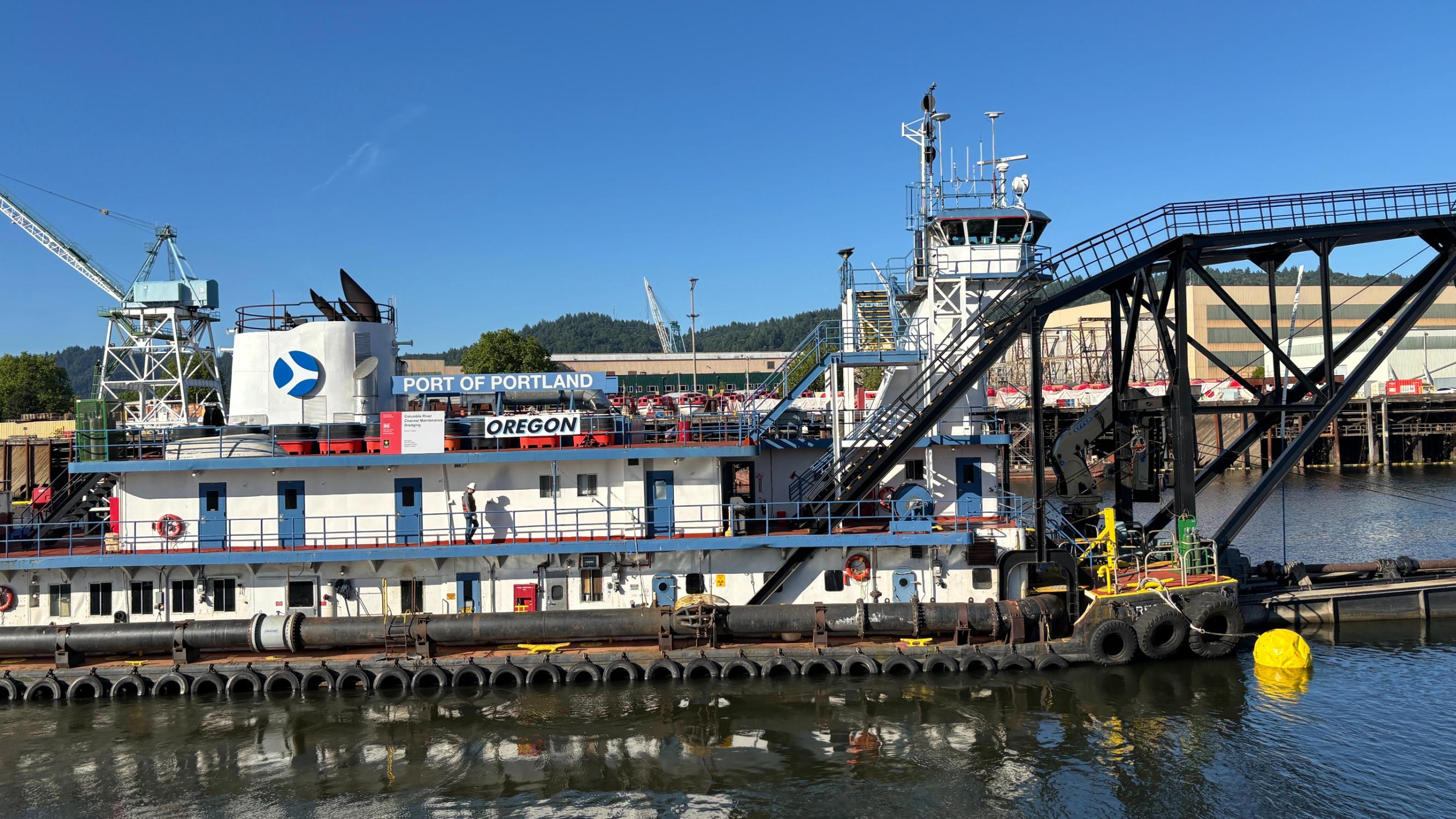Oregon’s trade economy remains strong amid global uncertainty

From our partner's newsroom:
New data shows 1 in 8 Oregon jobs tied to international trade.
Oregon makes its mark in the global economy, according to the newly released 2025 State of Oregon Trade report.
The report shows that over 270,000 Oregon jobs, roughly one in eight, are connected to international trade in goods and services, with export-driven industries driving higher-than-average wages and sustained economic growth across the state.
"Portland and Oregon are on the Pacific Rim, and international commerce is core to our economic and regional identity. Trade supports hundreds of thousands of families in both rural and urban areas," said Andrew Hoan, President and CEO of the Portland Metro Chamber. "This latest report reinforces those facts. As we navigate an increasingly complex trade environment, we must expand these connections to keep our economy resilient."
Key findings from the 2024 report include:
- $42 billion in goods and services exports in 2022 ($34.4 billion in goods and $8.2 billion in services).
- 88% of Oregon's exporters are small and medium-sized businesses, demonstrating the critical role of local companies in global markets.
- 10.3% of Oregon's GDP is tied to goods exports, with services exports estimated to add an additional 3–5%.
- Semiconductors remain Oregon's top export, highlighting the state's central role in the global high-tech supply chain.
The report also underscores Oregon's trade surplus, a distinction shared by only 11 states. Much of this surplus stems from high-value exports like semiconductors and transportation equipment, industries that also rely heavily on imports for parts and components.
The state's evolving trade partnerships also come into focus. Exports to Mexico surged from $464 million in 2018 to $6.26 billion in 2024, now making Mexico Oregon's top export destination. The U.S.-Mexico-Canada Agreement (USMCA) has played a critical role in expanding access for Oregon goods, from motor vehicle parts to agricultural products.
However, new and proposed tariffs are raising red flags. Industries like agriculture and advanced manufacturing face growing exposure to retaliatory measures, disrupted supply chains, and rising costs.
"We continue hearing from countless Oregonians whose businesses and livelihoods depend on access to global markets—from distillers in Hood River who import bottles from Asia to fill with their products, to small companies in Portland and farmers statewide who face retaliatory tariffs on the Oregon-grown goods they export," said Port of Portland Executive Director Curtis Robinhold. "Their stories underscore just how much international trade affects everyday Oregonians, their livelihoods and our state's economy, and why we must do everything possible to support it."
"Trade isn't just a headline issue; it's about jobs, wages, and the future of Oregon communities," said Angela Wilhelms, president and CEO of Oregon Business & Industry. "To remain competitive, we must create a climate at the local, state and federal level where importers and exporters across Oregon can thrive."
The State of Trade Oregon report offers a comprehensive look at how international trade supports Oregon's economy, highlighting its role in driving job creation, wage growth, and global competitiveness. Compiled using federal data, economic modeling, and industry input, the report analyzes both goods and services exports across key industries and regions. It provides a detailed view of Oregon's trade footprint, showing how sectors like semiconductors, agriculture and transportation equipment contribute to a diversified and globally connected economy. The report also maps out the impact on employment, revealing that trade-related jobs often pay higher wages and are vital to both urban centers and rural communities.
The State of Oregon Trade report is a key tool for strategic planning, policy development and business support. It helps guide investment in infrastructure, identifies vulnerable industries and underscores the importance of resilient trade relationships, especially with top partners like Mexico, China and Malaysia. As trade dynamics shift, the report equips the state with data-driven insights to navigate global uncertainties, advocate for local industries, and sustain the economic benefits of a robust trade network.
For more information, see the 2025 State of Oregon Trade Report. 2025 State of Oregon Trade report





